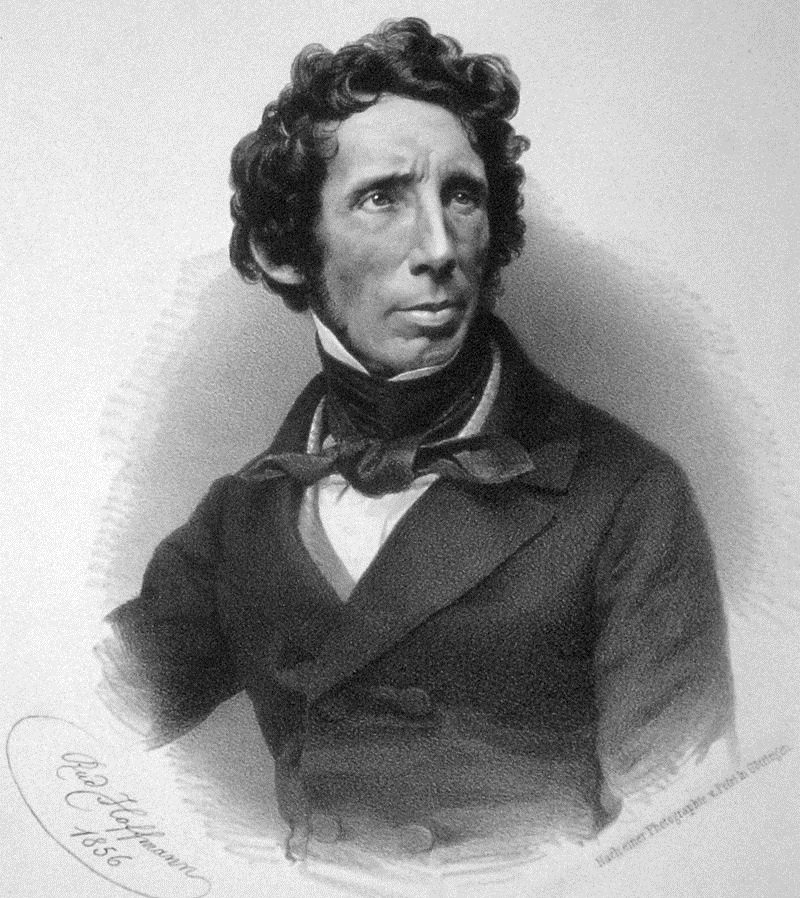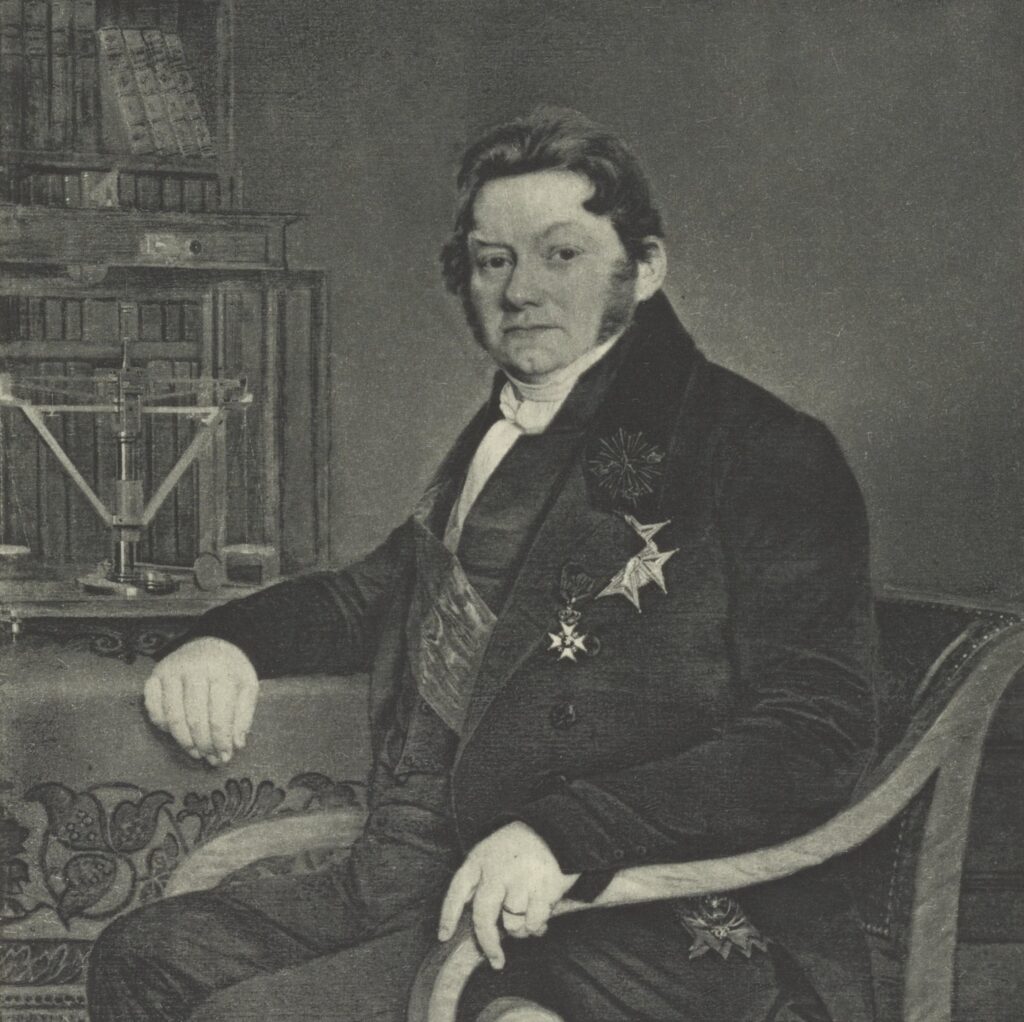Mostafa Elbaba
Doha, Qatar

In history, ancient chemistry is known as “alchemy.” It is different than modern chemistry since it was mixed with philosophy and pseudoscience, although it is considered a protoscience. Alchemy failed to explain the nature of matter and its transformations. However, by experimentation and recording the results, alchemists set the stage for modern chemistry. The term chemical “compound” has been used at least since 1661 when the Irish natural philosopher and chemist Robert Boyle (1627–1691) published his book. The Sceptical Chymist is seen as a cornerstone book in the field of chemistry. Boyle is largely regarded as the first modern chemist, and one of the pioneers of modern experimental scientific methods.
Urea with the chemical formula (CH4N2O), also known as carbamide, is a molecule produced by the human body. Physiologically, urea plays an important role in the metabolism and excretion of nitrogen-containing products in urine. Uremic frost was first described in 1865 by Harald Hirschsprung, the first Danish pediatrician in 1870 who also described the disease that carries his name in 1886. Uremic frost has become rare since the advent of dialysis. It is the classical pre-dialysis era description of crystallized urea deposits over the skin of patients with prolonged kidney failure and severe uremia.
Based on clinical observations, urea was first discovered in the urine in 1700s by scientists. Herman Boerhaave the founder of bedside clinical teaching noted its presence in urine by heating it and adding alcohol (1727). Hilaire Marin Rouelle in France isolated urea by heating urine and adding alcohol and is commonly regarded as its discoverer (1773). He was followed by the Swede Carl Wilhelm Scheele, who precipitated crystals of urea by treating urine with concentrated nitric acid; by William Cruickshankof Woolwich, a military surgeon who worked on diabetes and isolated urea in 1797: and in France by the chemists Antoine-François de Fourcroy and Louis Nicolas Vauquelin who discovered in 1799 that the nitrated crystals were identical to Rouelle’s substance and invented the term “urea.” Fourcroy was convinced that “the successes of chemistry would one day change the face of medicine” and set up a laboratory for teaching chemistry in Paris.

Around 1810 the Swedish chemist Jöns Jacob Berzelius postulated that organic substances found in nature are formed from their chemical components by the action of a “vital force” that only living organisms possess. He argued these “organic” compounds were fundamentally different from “inorganic” chemicals, and he also made further improvements to urea purification. Urea had long been considered an “organic” compound, as it was found only in the urine of living organisms. Conceptually this was changed when around 1816 Michel Chevreul demonstrated that one could make a chemical change in various fats, producing new compounds without “vital force”. In 1817, William Prout(1785–1850), the English chemist and physician, succeeded in determining the chemical composition of the pure urea. Then in 1828 Friedrich Wöhler, a German chemist, synthesized urea by treating silver cyanate with ammonium chloride in a chemical reaction that came to be known as the “Wöhler synthesis.” This was the first time that an organic compound was artificially synthesized from inorganic starting materials without the involvement of living organisms. It was the beginning of the end for the theory of vitalism. Wöhler’s experiments were followed by many others, in which increasingly complex “organic” substances were produced from “inorganic” ones without the involvement of any living organism, thus disproving vitalism. Thus the discovery of urea greatly altered our understanding modern organic chemistry, disproving the theory of vitalism and of alchemy in its general concepts.
References
- “Alchemy.” Wikipedia. https://en.wikipedia.org/wiki/Alchemy
- “Antoine-François de Fourcroy.” Wikipedia. https://en.wikipedia.org/wiki/Antoine-Fran%C3%A7ois_de_Fourcroy
- Ariew, André, and Gesiel da Silva. “Vitalism: Some Historical and Contemporary Issues.” (2022).
- Boyle, Robert. “The works of the honourable Robert Boyle.” (1999).
- Cohen, Paul, and Stephen M. Cohen. “Wöhler’s synthesis of urea: how do the textbooks report it?” Journal of Chemical Education 73, no. 9 (1996): 883.
- Couper, Archibald. “XII. On a new chemical theory.” The London, Edinburgh, and Dublin Philosophical Magazine and Journal of Science 16, no. 105 (1858): 104-116.
- Eknoyan, Garabed. “A history of uremia research.” Journal of Renal Nutrition 27, no. 6 (2017): 449-452.
- “Friedrich Wöhler.” Wikipedia. https://en.wikipedia.org/wiki/Friedrich_W%C3%B6hler
- “Herman Boerhaave.” Wikipedia. https://en.wikipedia.org/wiki/Herman_Boerhaave
- “History of chemistry.” Wikipedia. https://en.wikipedia.org/wiki/History_of_chemistry
- Jay, Venita. “Legacy of Harald Hirschsprung.” Pediatric and Developmental Pathology 4, no. 2 (2001): 203-204.
- Kinne-Saffran, and R.K.H. Kinne. “Vitalism and Synthesis of Urea: From Friedrich Wöhler to Hans A. Krebs.” American Journal of Nephrology 19, no. 2 (1999): 290-294.
- Kurzer, Frederick, and Phyllis Sanderson. “Urea in the history of organic chemistry: Isolation from natural sources.” Journal of Chemical Education 33, no. 9 (1956): 452.
- Lipeles, Enid. “Friedrich August Kekule.” Journal of Chemical Education 58, no. 8 (1981): 624.
- Mathur, Mohit, et al. “Uremic frost.” Clinical kidney journal 7, no. 4 (2014): 418-419.
- Neild, Guy. “William Cruickshank (FRS-1802): Clinical chemist.” Nephrology Dialysis Transplantation 11, no. 9 (1996): 1885-1889.
- Nummedal, Tara. “Words and Works in the History of Alchemy.” Isis 102, no. 2 (2011): 330-337.
- “Organic chemistry.” Wikipedia. https://en.wikipedia.org/wiki/Organic_chemistry
- “Organic compound.” Wikipedia. https://en.wikipedia.org/wiki/Organic_compound
- Raghavan, Rajeev, and Garabed Eknoyan. “Uremia: A historical reappraisal of what happened.” Clinical Nephrology 89, no. 5 (2018): 305.
- Ramberg, Peter. “The death of vitalism and the birth of organic chemistry: Wohler’s urea synthesis and the disciplinary identity of organic chemistry.” Ambix 47, no. 3 (2000): 170-195.
- Richet, Gabriel. “An unrecognized renal physiologist: Friedrich Wöhler.” American journal of nephrology 15, no. 6 (1995): 528-532.
- Saardi, Karl, and Robert Schwartz. “Uremic frost: a harbinger of impending renal failure.” International Journal of Dermatology 55, no. 1 (2016): 17-20.
- “Urea.” Wikipedia. https://en.wikipedia.org/wiki/Urea
- “Uremic frost. Wikipedia. https://en.wikipedia.org/wiki/Uremic_frost
- Verzì, Anna Elisa, et al. “History of urea as a dermatological agent in clinical practice.” International Journal of Clinical Practice 74 (2020): e13621.
- “Vitalism.” Wikipedia. https://en.wikipedia.org/wiki/Vitalism
- “William Cruickshank (chemist).” Wikipedia. https://en.wikipedia.org/wiki/William_Cruickshank_(chemist)
- “William Cumberland Cruickshank.” Wikipedia. https://en.wikipedia.org/wiki/William_Cumberland_Cruikshank
MOSTAFA ELBABA is an Egyptian pediatric nephrologist. He received his master’s degree in medical education from Ain Shams University and has advanced certification in simulation. In 2011, he joined Hamad Medical Corporation in Qatar. Apart from medical qualification, he is a public writer certified in arts, the history of medicine, and religions.

Leave a Reply